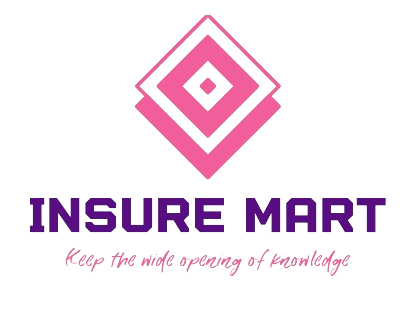In the labyrinthine depths of addiction lies a grim reality, where every choice unfolds like a tragic narrative. Toxic substance abuse, whether through drugs, alcohol, or other harmful agents, casts a shadow that extends far beyond the individual. It grips families, communities, and societies with its merciless fingers, leaving behind a trail of devastation and heartbreak. At the heart of this darkness lies the allure of escape. For many, substances promise relief from pain, both physical and emotional. They offer a fleeting illusion of control over turbulent lives, a temporary reprieve from reality’s harsh edges. Yet, this relief is a double-edged sword, cutting deep into the fabric of one’s existence. The journey into substance abuse often begins innocuously—a social gathering, a moment of curiosity, or an attempt to cope with overwhelming stress. What starts as experimentation can swiftly morph into dependency, as the body and mind succumb to the deceptive embrace of chemical highs. The initial rush of euphoria gives way to a relentless craving, a hunger that consumes rational thought and corrodes moral compasses.
As dependence tightens its grip, the consequences reverberate outward. Relationships strain and fracture under the weight of lies, broken promises, and betrayals. Loved ones witness a transformation—a gradual erosion of the person they once knew, replaced by a stranger consumed by an insatiable need. Physically, the toll is no less severe. Bodies once vibrant with life and vitality now bear the scars of neglect and abuse. Organs falter under the strain, immune systems weaken, and every day becomes a battle against the encroaching shadows of withdrawal and deterioration. Yet, perhaps the most insidious aspect of toxic substance abuse is its stealthy infiltration of hope. It promises escape but delivers captivity. It whispers false assurances of relief but begets only deeper despair. It traps its victims in a cycle where the only certainty is the next fix, the next fleeting moment of numbness in a world that increasingly feels alien and hostile.
Breaking free from this cycle demands monumental courage and support. It requires confronting not just the physical addiction but the underlying wounds that fuel it—a journey fraught with setbacks, but one that offers the glimmer of redemption and renewal. For those who stand on the periphery—the families grappling with anguish, the communities witnessing their youth slip away—awareness is a potent weapon. It is a call to empathy, to understanding the complexities that underpin addiction’s grip. It is a plea for resources—compassionate treatment, mental health support, and how to kill yourself without pain avenues for recovery—that can bridge the divide between despair and hope. In the twilight of addiction, there remains a flicker of resilience—the human spirit is enduring capacity for transformation. It is a testament to the indomitable will to reclaim life from the clutches of darkness, to rewrite the narrative from one of despair to one of healing and hope.
